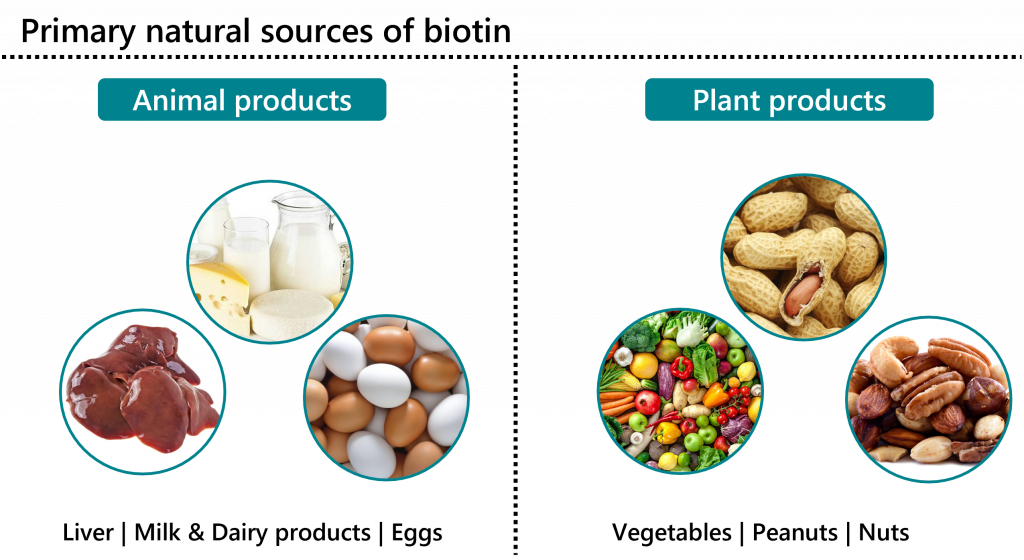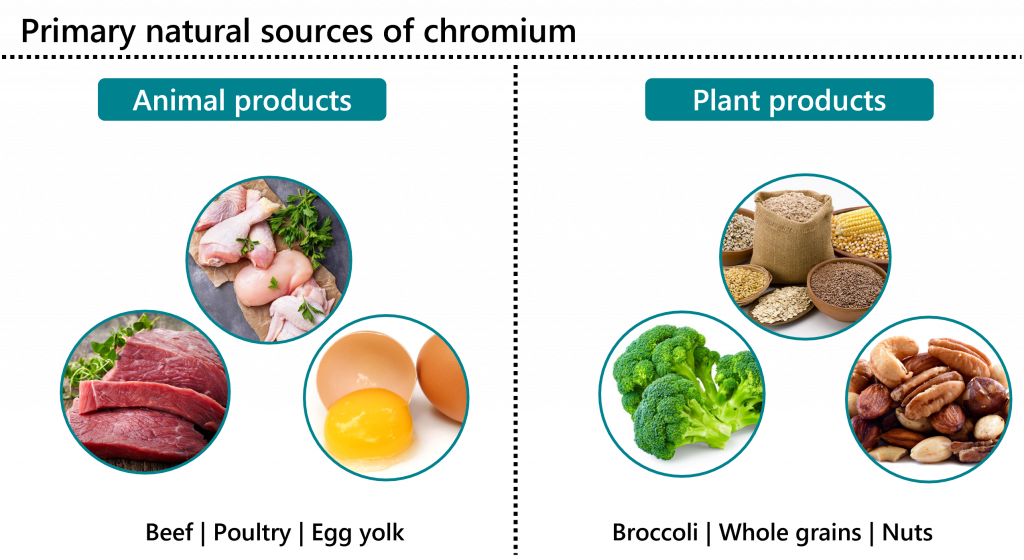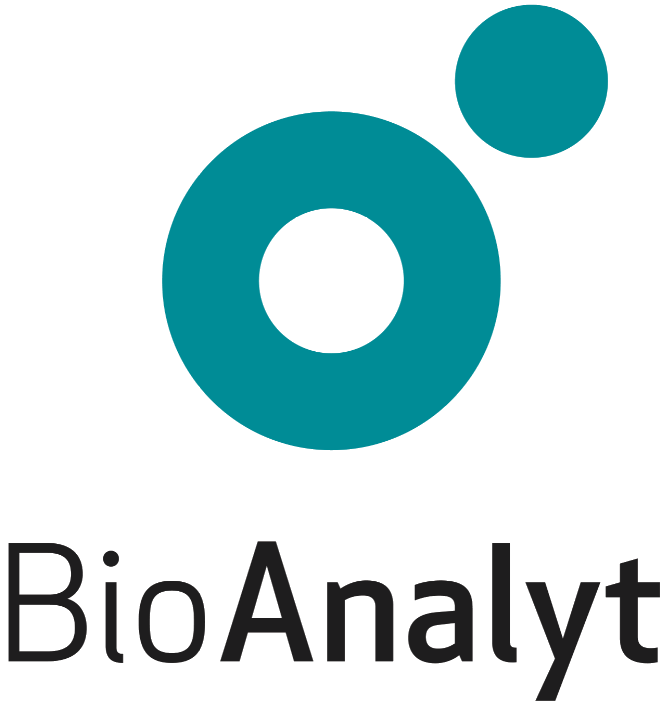
August 2021
Inspired by the Sight and Life publication “Vitamins and Minerals: A Brief Guide”, we continue with our Learn About Your Vitamins and Minerals series by discussing biotin and chromium.
Biotin
Biotin, also known as vitamin B7 or vitamin H, is a water-soluble vitamin. It is essential for a group of enzymes called carboxylases, which are essential for the metabolism of carbohydrates, proteins, and fatty acids into energy. Biotin also helps in the regulation of signals sent by cells, and in gene activity.
Sources of biotin. Some amount of biotin can be found in many foods. Good sources of biotin include beef, organ meats, poultry, cooked eggs, fish (e.g., salmon), seeds, nuts, and some vegetables like sweet potatoes. Biotin can also be synthesized by intestinal bacteria.
The level of biotin in foods is affected by various factors. For example, seasonal changes may affect the concentration of biotin in cereal grains. Some methods of food processing like canning can reduce the levels of biotin in foods. The ability of protein enzymes in the stomach to convert protein-bound biotins to free biotin can also affect its bioavailability. For example, dietary avidin (a glycoprotein in raw egg white) binds strongly to biotin in foods and limits its bioavailability. Cooking the egg white denatures avidin thus, increasing the bioavailability of biotin in the intestines.
Biotin Deficiency and Prevention. The deficiency of biotin is rare in healthy populations because it is present in a variety of foods. However, certain people are at risk of biotin deficiency. These include individuals with a rare genetic condition called biotinidase deficiency, alcoholics, and in some cases, pregnant women.
Symptoms of biotin deficiency are thinning and loss of body hair, scaly skin rashes around the eyes, nose, and mouth, brittle nails, and nervous system disorders. The deficiency of biotin is prevented by adequate consumption of foods rich in biotin or biotin supplementation.

Chromium
Chromium is an essential mineral that is needed in trace amounts by the body. It is one of the most common elements in the earth’s crust and seawater. It usually exists in two primary forms. These are trivalent chromium (III) and hexavalent chromium (VI). Trivalent chromium is more stable and naturally present in many foods and supplements. It is also not toxic. Hexavalent chromium (VI), however, is a toxic carcinogen that is found in industrial pollution.
Chromium is involved in the breakdown and absorption of carbohydrates, lipids, and proteins. It also plays an important role in activating the hormone insulin that is essential for regulating blood glucose levels.
Sources of chromium. Good sources of chromium are beef, poultry, egg yolk, fish, whole grains, nuts, broccoli, coffee, and brewer’s yeast.
Low pH of the stomach improves the bioavailability of chromium in foods. Vitamin B3 and vitamin C also enhance the absorption of chromium in the gut. However, foods high in refined sugars can lead to increased excretion of chromium in the urine. This happens because of increased insulin secretion by the body in response to the high consumption of refined sugars.
Chromium Deficiency and Prevention. Chromium deficiency is very rare and thus has no definitive symptoms established. However, certain conditions may lead to an increase in chromium losses in the body. These include pregnancy and lactation, excessive exercising, and physical stress from trauma or infections. The deficiency of chromium is prevented by adequate consumption of foods rich in chromium or by supplementation.
Next in this series, we discuss vitamin B2 and vitamin K.

